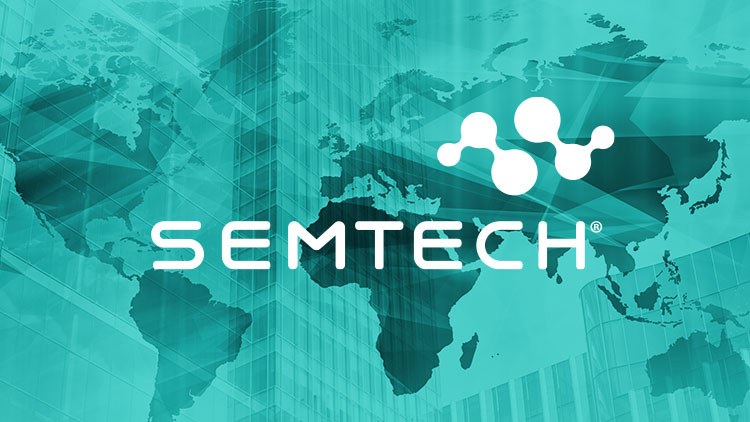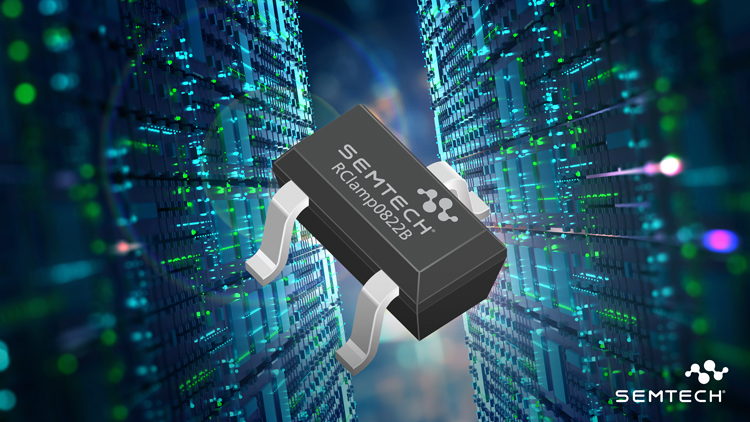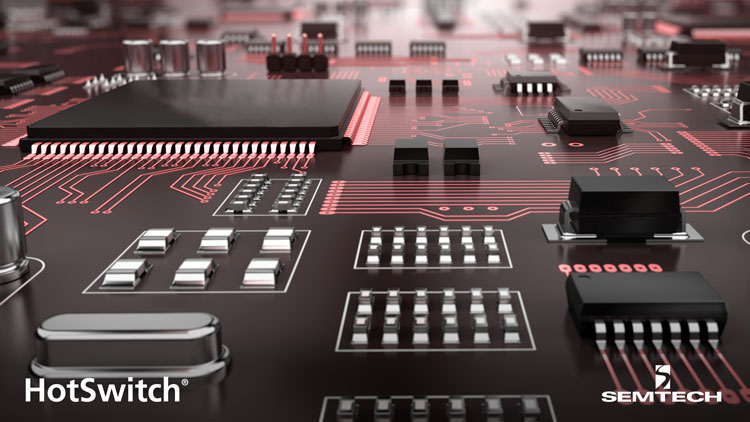Overview
Please use the GS12281 for new designs.
The GS12181 is a low-power, multi-rate, serial digital retiming cable driver supporting 12G UHD-SDI. It is designed to receive 100Ω differential input signals, automatically recover the embedded clock from the digital video signal and re-time the incoming data, and transmit the re-timed signal over 75Ω coaxial cables.
Features
- Multi-standard operation from 1Mb/s to 11.88Gb/s
- SMPTE ST 2082-1, ST 2081-1, ST 424, ST 292-1 and ST 259 compliant output
- Support for DVB-ASI at 270Mb/s and MADI at 125Mb/s
- Low power operation: appro×. 340mW
- Single 1.8V power supply for analog and digital core, 2.5V or 3.3V for output supply
- Differential input support DC-coupling from 1.2V to 2.5V CML logic
- Automatic power down on loss of signal
- Programmable trace equalization to compensate for up to 20” FR4 at 11.88Gb/s
- 75Ω cable driver outputs
- High levels of pre-emphasis available (up to 8” of FR4) using higher output driver voltage supply
- Automatic/manual output slew rate control
- Individually selectable output pre-emphasis to compensate for FR4 losses after chip output at all rates
- Manual Bypass function for low data rates with slow rise/fall times
- Configurable automatic bypass for low data rates
- On-chip 100Ω differential input data termination and 75Ω output termination
- GSPI serial control and monitoring interface
- Four configurable GPIO pins for control or status monitoring
- Wide operating temperature range: -40°C to +85°C
- 6mm × 4mm 40-pin QFN
- Pin compatible with the GS12281, GS12182, GS12081, and GS3281
- Pb-free, Halogen-free, and RoHS/ WEEE-compliant package
Order Codes
- GS12181-INE3: Lead-Free, RoHS Compliant, Tray-490 Pieces
- GS12181-INTE3: Lead-Free, RoHS Compliant, Tape and Reel-250 Pieces
- GS12181-INTE3Z: Lead-Free, RoHS Compliant, Tape and Reel-2500 Pieces
PB Free/ROHS
Learn More →BUY NOW

Part Number
QTY
Unit Price (USD)
Price
$ 0
$ 0
Ordering functionality and fulfillment provided by Digi-Key Corporation. See terms here.
| Documents | Release Date | Type | |
|---|---|---|---|
| GS12181 Datasheet | 2019-01-16 | ||
| GS12181 Reliability Qualification Report | 2019-07-03 | ||
| GS12181 IBIS-AMI Model User Guide | 2019-07-03 | ZIP | |
Applications
- Next Generation 3D / 2D HFR HDTV and 2K D-Cinema, UHDTV1 and 4K D-Cinema end-equipment: Cameras, Monitors, Switchers etc.
- Next Generation 3G, 6G, and 12G UHD-SDI infrastructures designed support of UHDTV2, UHDTV1, 4K D-Cinema and 3D HFR and HDR production image formats.
Inventory
| Product | Country | Distributor | Qty | Buy |
|---|
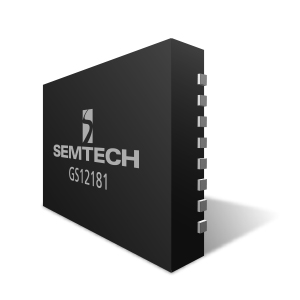
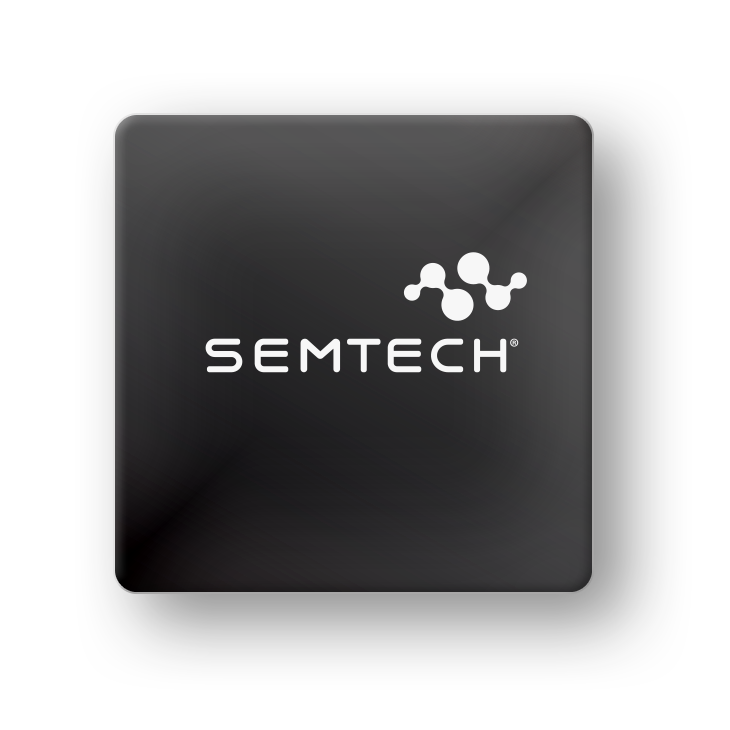


.jpg)


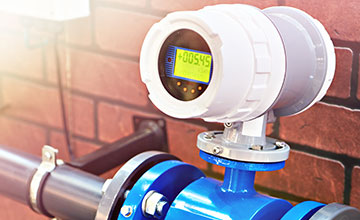










.png)







